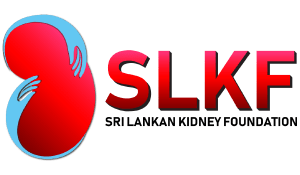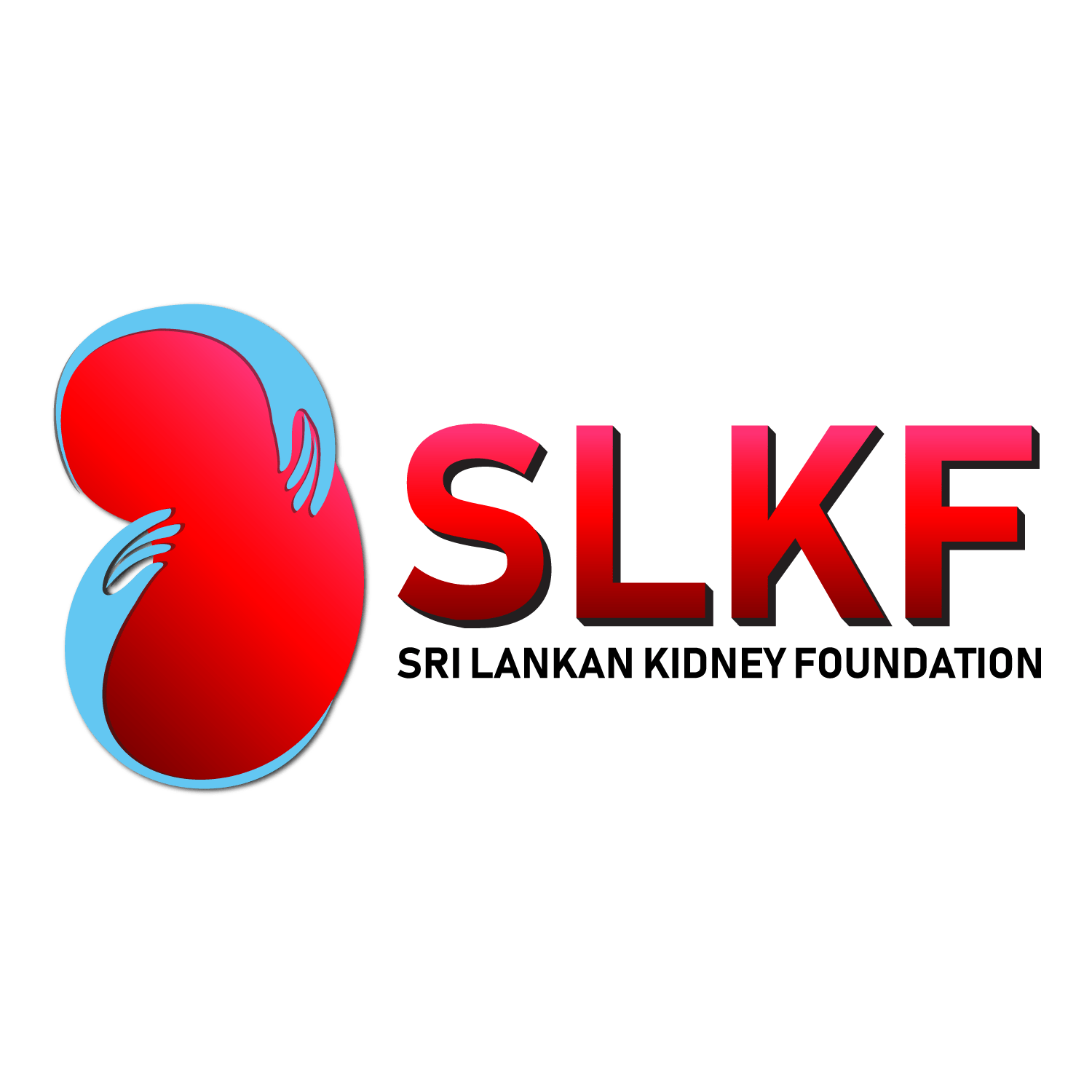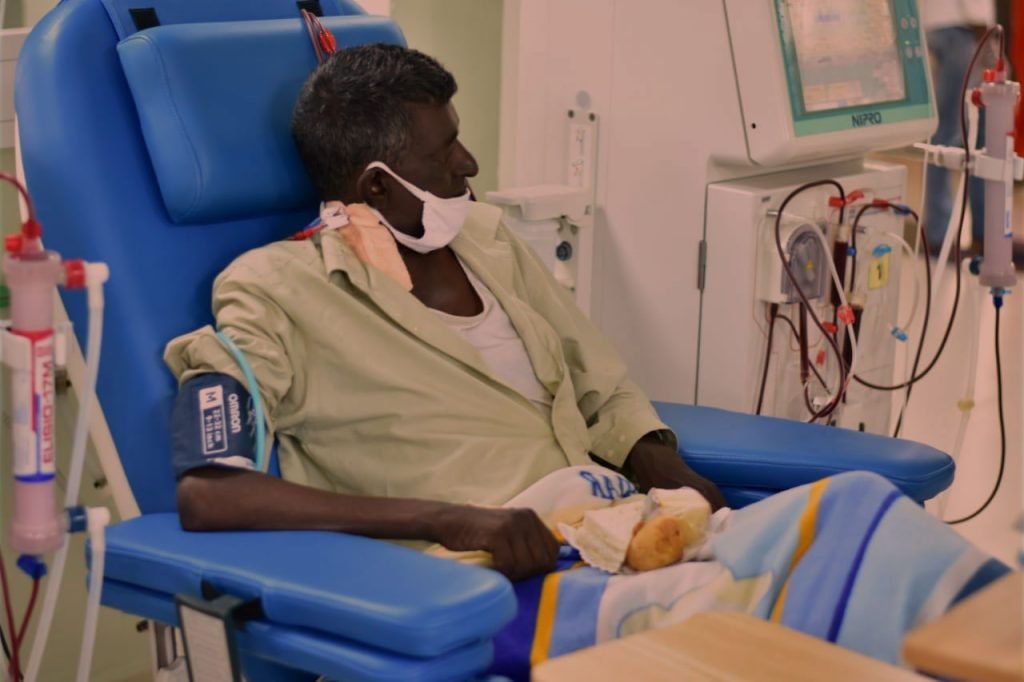Kidney Diseases in Sri Lanka
Kidney disease is a global public health problem, affecting over 750 million people worldwide. The burden of kidney disease varies substantially across the world, as does its detection and treatment. A systematic review and meta-analysis of observational studies estimating CKD prevalence in general populations worldwide found a consistent estimated global CKD prevalence of 11-13%.
Sri Lanka is also burdened by CKD around 10% of the population suffers from chronic kidney diseases which accounts for around 2.1million people. There are multiple etiologies for kidney disease.
When your kidneys are damaged, they may not work as well as they should. If the damage to your kidneys continues to get worse and your kidneys are less and less able to do their job, you have chronic kidney disease. Kidney failure is the last (most severe) stage of chronic kidney disease. This is why kidney failure is also called end-stage renal failure or ESRF for short.
Diabetes is the most common cause of ESRF. High blood pressure is the second most common cause of ESRF. Other causes of kidney failure include:
- Autoimmune diseases, such as lupus and IgA nephropathy
- Genetic diseases (diseases you are born with), such as polycystic kidney disease
- Nephrotic syndrome
- Urinary tract problems
- CKDu
Diabetes is the commonest cause of kidney disease in Sri Lanka as well mostly due to poorly controlled diet or diabetes going undetected.
This is mainly due to the diet revolving around carbohydrates as rice is one of the main staple food of Sri Lanka.
Diabetic kidney disease develops in approximately 40% of patients who are diabetic and is the leading cause of CKD worldwide. Although ESRF may be the most recognizable consequence of diabetic kidney disease, the majority of patients actually die from cardiovascular diseases and infections before needing kidney replacement therapy.
Hypertension is the second leading causes of CKD due to the deleterious effects that increased BP has on kidney vasculature. Long-term, uncontrolled, high BP leads to high intraglomerular pressure, impairing glomerular filtration. Damage to the glomeruli lead to an increase in protein filtration, resulting in abnormally increased amounts of protein in the urine (microalbuminuria or proteinuria). Microalbuminuria is the presentation of small amounts of albumin in the urine and is often the first sign of CKD.
Genetic diseases such as polycystic kidney disease is an uncommon condition where there are cysts in the kidney which causes deterioration of kidney function mainly in middle aged group.
Nephrotic syndrome and urinary tract problems leads to kidney diseases mainly in young children and leads to kidney failure later on.
CKDu – Chronic Kidney Disease of unknown etiology. This is a growing problem in Sri Lanka where research is done to find out the cause of kidney disease. The World Health Organization (WHO) launched a research project several years ago, but has been unable to definitely identify the cause of the disease. The WHO stated multiple causes, including exposure to arsenic and cadmium, might be responsible. Approximately 88% of CKDu patients had arsenic and/or cadmium in their urine. The water sources used by the patients consisted 99% hard water. Hardness of water is known to reflect heavy metal toxicity experts say.
The situation appears to be worsening, with the disease spreading to the North Western and Southern Provinces.
We are extremely thankful for all the support provided by the Sri Lankans living abroad towards helping the people in need who suffer from kidney disease.
The maps below depict the distribution of CKDu and hard water in the country.



Distribution of Reported CKD/CKDu Patients in Sri Lanka 2003 – 2018 up to July
 |  |
 | By Dr Ashanka Wickramage – Medical Officer |




